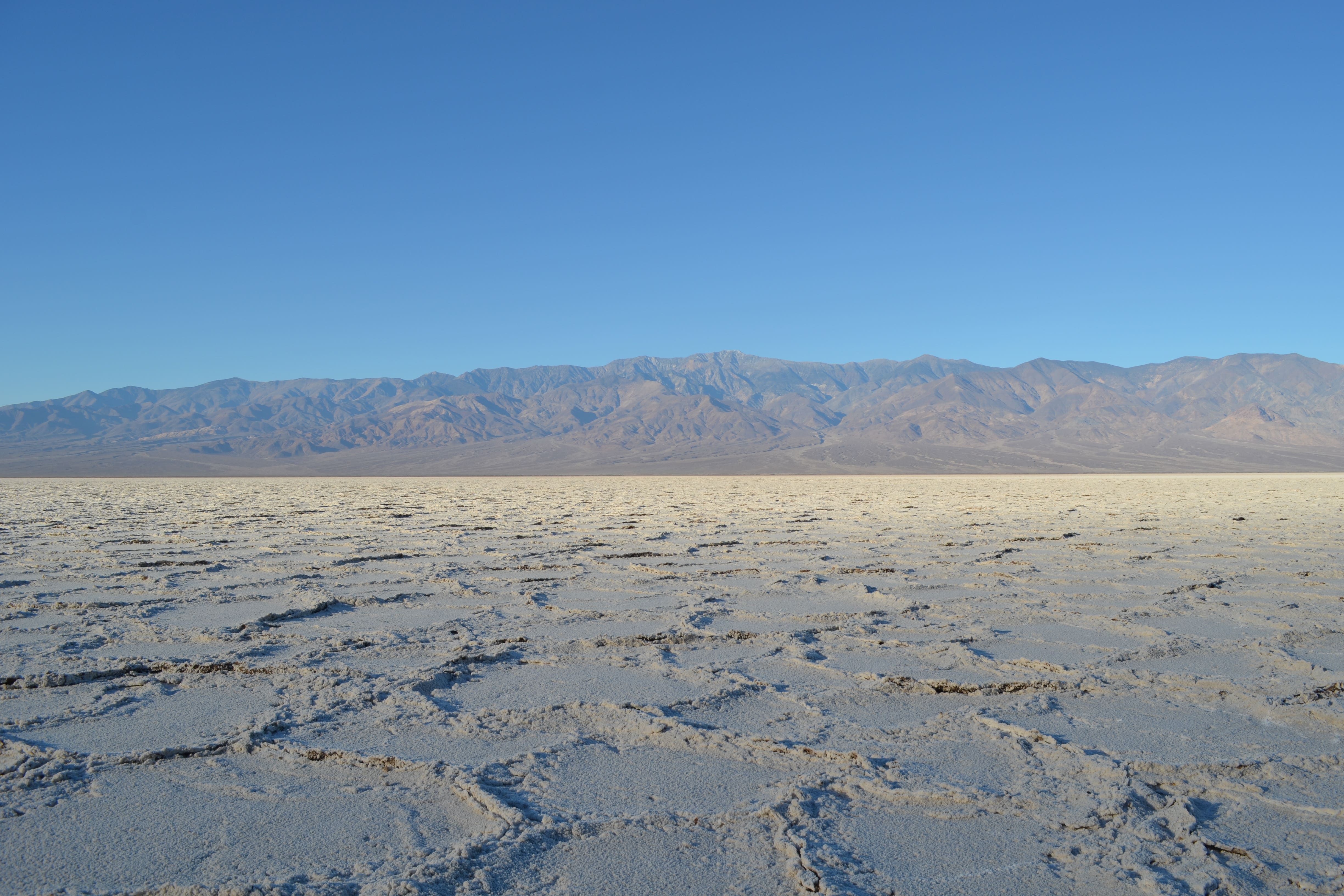Scientists solve mystery of salt deserts’ honeycomb patterns
It was previously thought that the salt crust of the desert dries out and that cracks form, around which the patterns grow.

Your support helps us to tell the story
From reproductive rights to climate change to Big Tech, The Independent is on the ground when the story is developing. Whether it's investigating the financials of Elon Musk's pro-Trump PAC or producing our latest documentary, 'The A Word', which shines a light on the American women fighting for reproductive rights, we know how important it is to parse out the facts from the messaging.
At such a critical moment in US history, we need reporters on the ground. Your donation allows us to keep sending journalists to speak to both sides of the story.
The Independent is trusted by Americans across the entire political spectrum. And unlike many other quality news outlets, we choose not to lock Americans out of our reporting and analysis with paywalls. We believe quality journalism should be available to everyone, paid for by those who can afford it.
Your support makes all the difference.Scientists have solved the riddle of the mysterious honeycomb patterns found in salt deserts across the world.
These places are among some of the most extreme and inhospitable on Earth, and their odd polygon-shaped structures attract hundreds of thousands of tourists every year.
Salt deserts occur in areas including Badwater Basin in Death Valley, California, and Salar de Uyuni in Chile, which Star Wars: The Last Jedi fans will recognise as the backdrop for the desert planet Crait.
The new study suggests the shape and size of the honeycomb pattern may be down to the movement of saline water (with a high concentration of dissolved salt) under the surface.
The surface patterns reflect the slow overturning of salty water within the soil, a phenomenon somewhat like the convection cells that form in a thin layer of simmering water
The constant size of the features and the speed with which the patterns grow can also be attributed to this, the researchers at Nottingham Trent University and TU Graz in Austria say.
It was previously thought that the salt crust of the desert dries out and that cracks form, around which the patterns grow.
Another suggestion was that the salt crust grows continuously and bends due to lack of space, forming the patterns.
However, neither theory explained the consistent size – always one to two metres – and the honeycomb shape.
Dr Lucas Goehring, associate professor in physics at Nottingham Trent University’s School of Science and Technology, said: “In salt deserts the first thing you see – almost the only thing you see – is an endless patchwork of hexagons and other ordered shapes.
“The surface patterns reflect the slow overturning of salty water within the soil, a phenomenon somewhat like the convection cells that form in a thin layer of simmering water.
“Although beautiful, wind blowing over salt deserts is a major source of atmospheric dust, and our results will help understand processes like this in desert environments.”
The scientists conducted laboratory experiments to see how saline water moves in sandy soils and analysed the patterns under different conditions.
In two field studies in California they observed the patterns in nature and collected samples to show that the currents in the subsurface mirror the patterns visible on the surface.
The salt deserts in which these patterns occur are not dry and the highly salty groundwater often reaches up to lie directly below the salt crust.
While people would quickly reach this water digging by hand, it would be far too salty to drink.
When this brine then evaporates in the hot summer sun, the salt remains, making the groundwater directly below the surface saltier, and thus heavier than the fresher water that still lurks below.
If this difference in salinity is high enough, the saltier water near the surface begins to sink downwards, while fresher water rises from below.
The research suggests that when many convection rolls develop next to each other in the ground, they are squeezed together and produce hexagonal, honeycomb-like patterns, along the edges of which very salty water sinks down.
Where there is a particularly high salt content, salt also crystallises more on the surface.
Over time, the resulting crust forms the raised humps and edges that create the honeycomb salt pattern.
The study, which involved the Max Planck Institute for Dynamics and Self-Organisation, the University of Southampton, the University of Leeds, the University of Gottingen and the University of Oxford, is published in the journal Physical Review X.